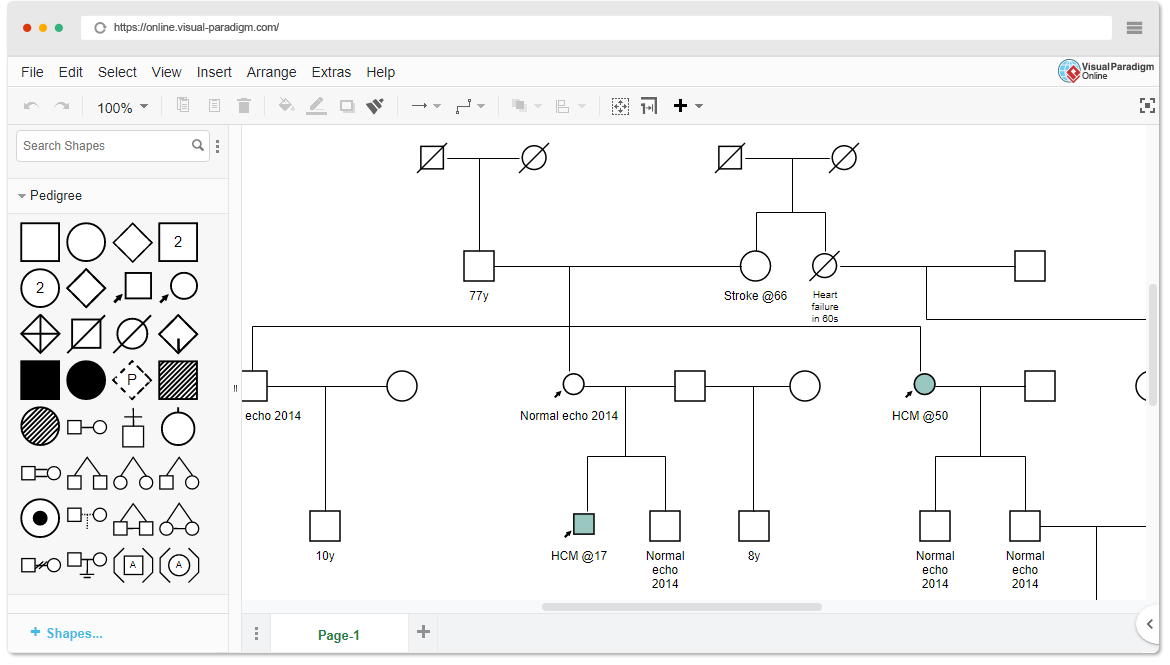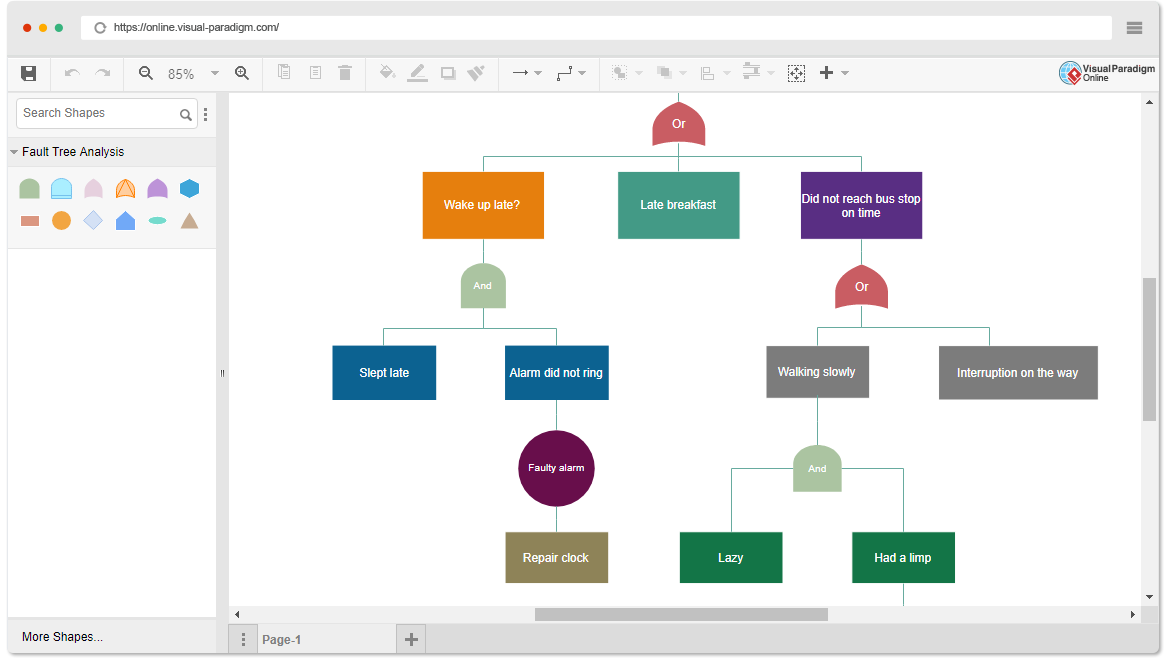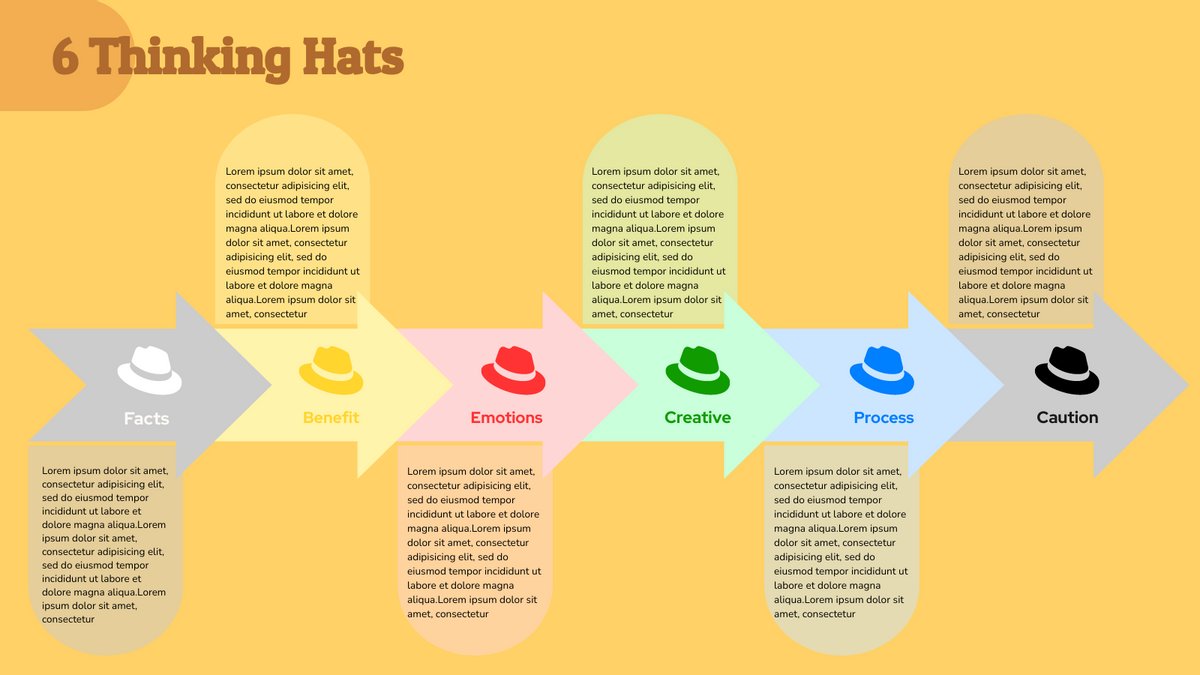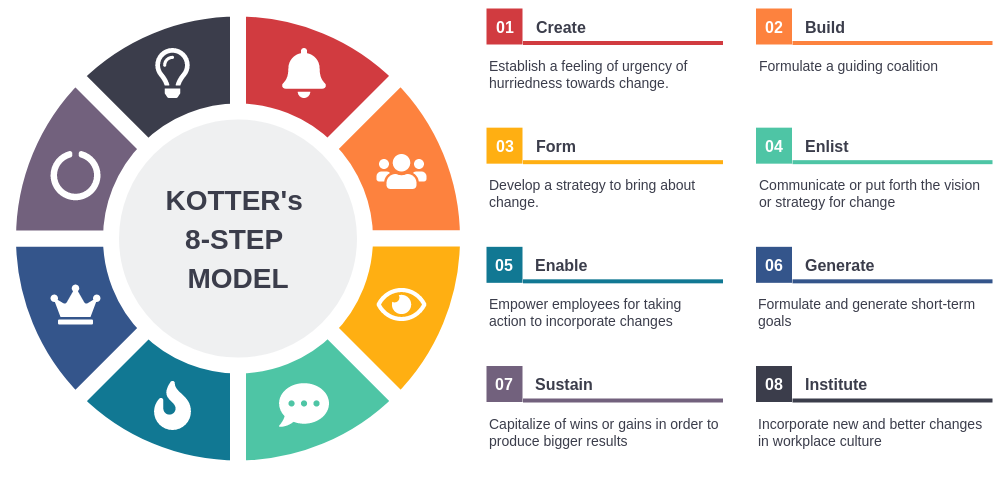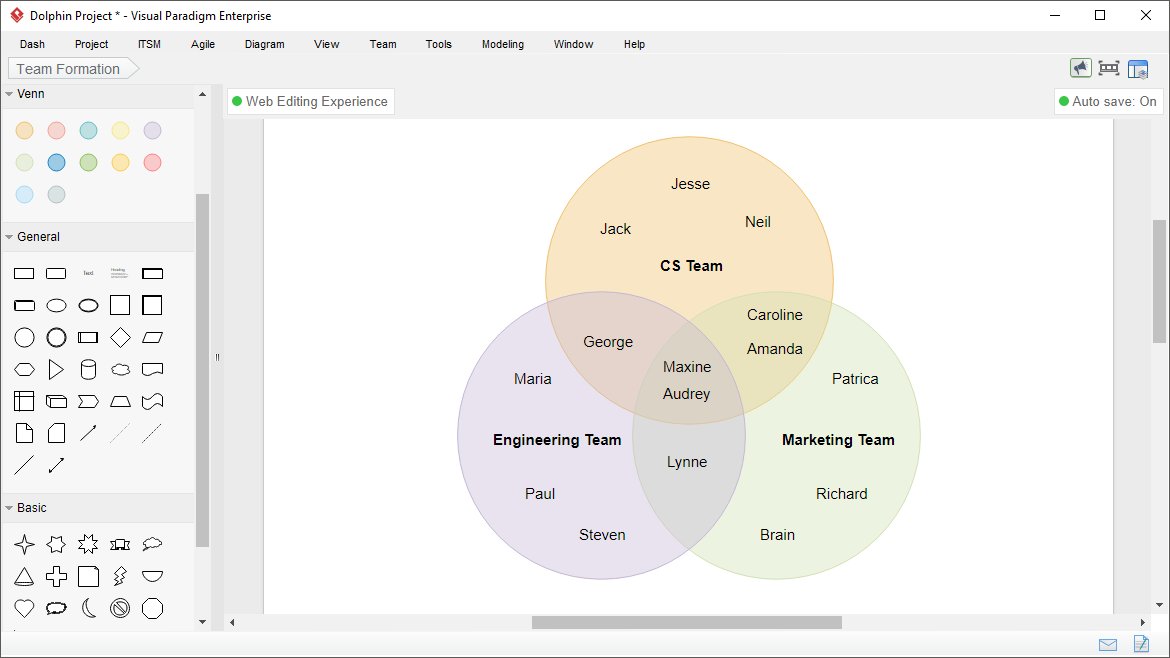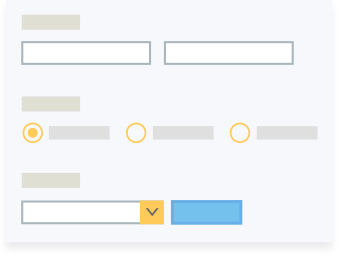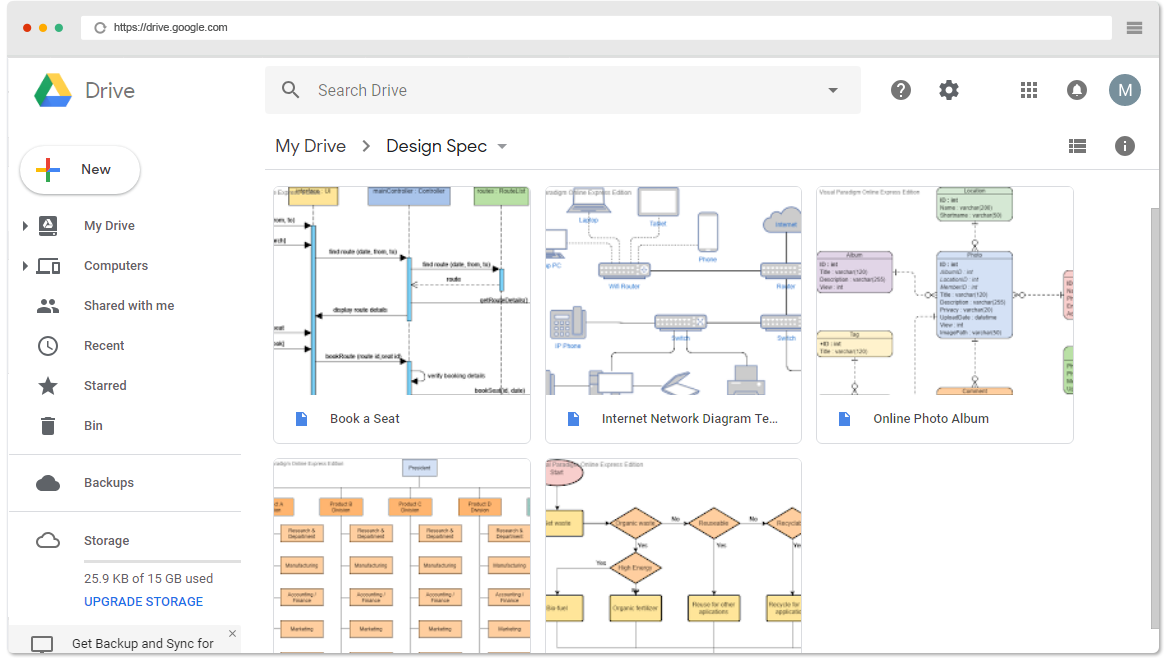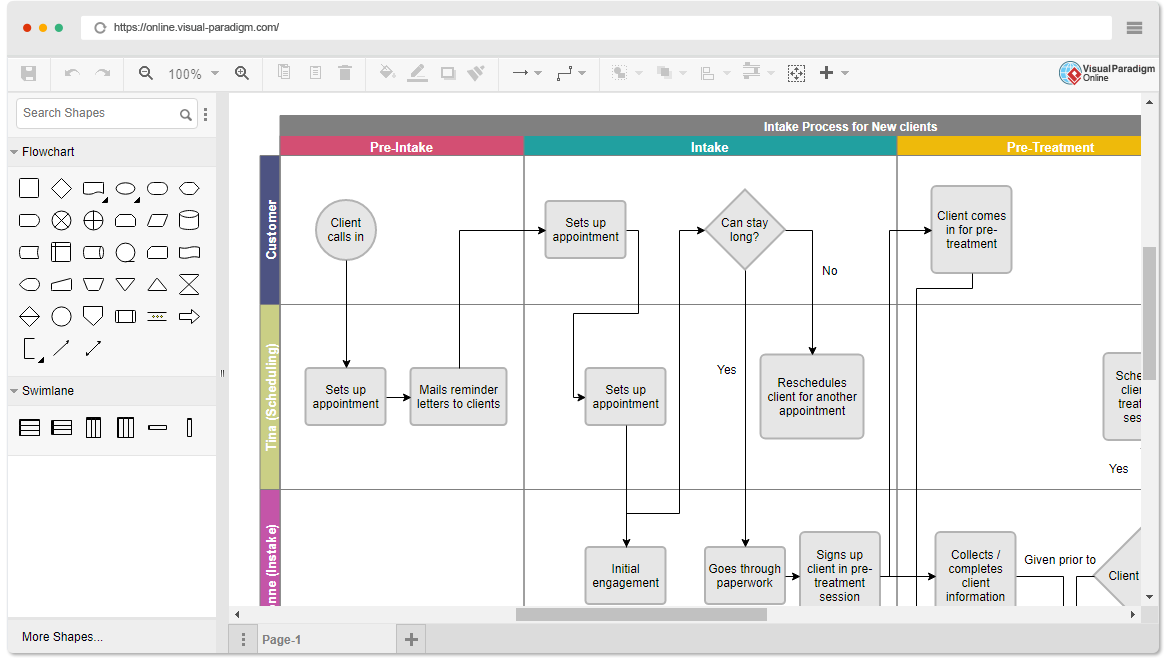An important tool for geneticists is genealogy. For example, you can use genealogy to track the genetic characteristics of each generation of a family. This is a family history and details about previous generations, which may become uncertain as memory fades.
Continue reading